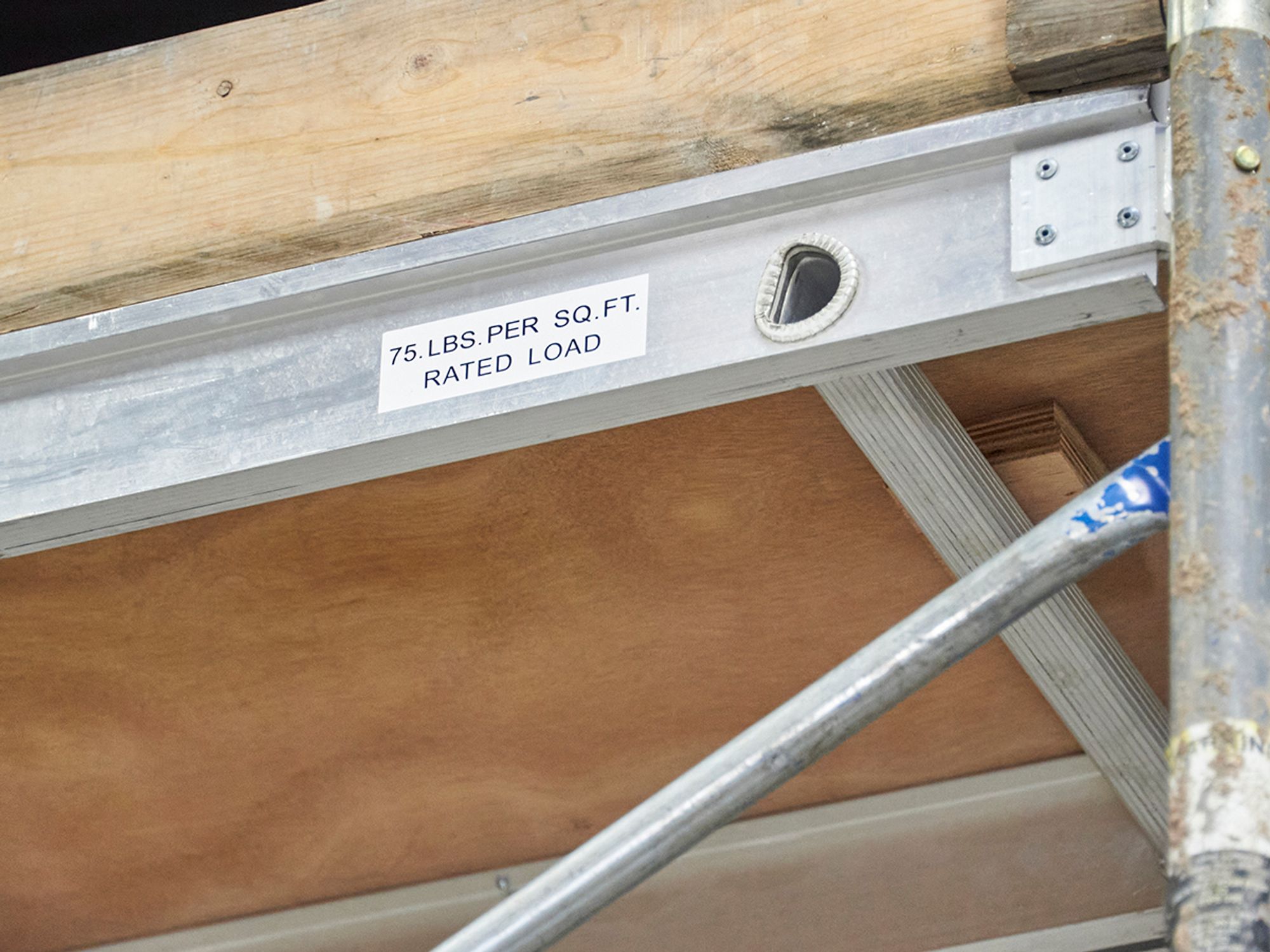Are posted load ratings required?

- Under revised rules that took effect in January 2017, employers no longer need to post load ratings, but may still do so as a best practice.
The pre-2016 Walking-Working Surfaces regulation did require that load limits for buildings and structures be approved by the local building official and that load plaques be placed indicating those limits. However, under revised 1910.22(d) effective in January 2017, the Occupational Safety and Health Administration (OSHA) removed that requirement, replacing it with a more performance-oriented approach. While employers must not place loads on flooring and other walking-working surfaces beyond the load limits, the standard allows employers to obtain and enforce the information for the load limits in a variety of ways. OSHA no longer requires the ratings to be posted.
OSHA does say in the preamble to the 2016 final rule that employers can readily obtain information about the load limits from the plaques that were required under the older standard. In other words, for existing structures, employers can rely on what was required in the past. For new buildings and structures, OSHA believes that employers can obtain load limits from building plans, local codes, and third-party certification or conduct their own evaluations.
Employers may, as a best practice, post load limits on floors and similar walking-working surfaces. However, OSHA believes that if employers ensure that all structures are designed and maintained for their intended loads, and instruct workers on those limits and how to recognize potential issues, that will be sufficient.
